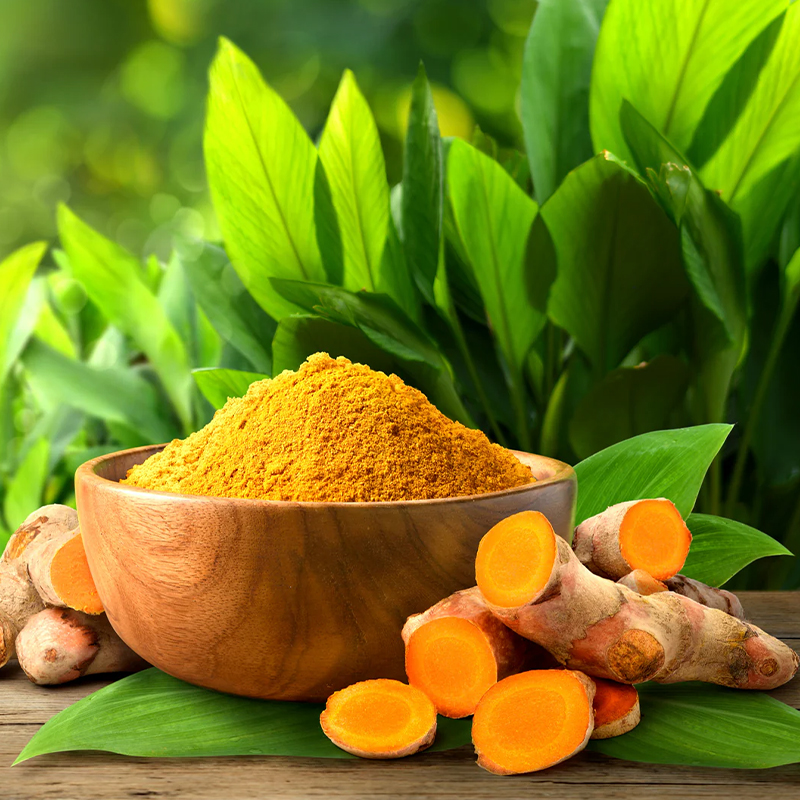

Curcumin is an orange–yellow crystalline powder essentially insoluble in water. Curcumin is yellow in colour shade and is most precious constituent of turmeric. Curcumin is one of the three curcuminoids that appear in turmeric, the other two being desmethoxycurcumin and bisdesmethoxy curcumin. These curcuminoids allow turmeric its yellow color and curcumin is utilized as a yellow food colorant and additive. Curcumin is extracted from the dried rhizome of the turmeric plant, which could be a lasting herb that is cultivated majorly in south and Southeast Asia. The rhizome or the root is processed to create turmeric which contains 2% to 6% curcumin. Curcumin is the most naturally dynamic photochemical compound of Turmeric.
India is the largest producer, consumer and exporter of turmeric in the world. In the year 2022-23, an area of 3.24 lakh ha was under turmeric cultivation in India with a production of 11.61 lakh tonnes (over 75% of global turmeric production).
More than 30 varieties of Turmeric are grown in India and it is grown in over 20 states in the country. The largest producing states of Turmeric are Maharashtra, Telangana, Karnataka and Tamil Nadu.
India has more than 62% share of world trade in turmeric. During 2022-23, 1.534 lakh tonnes of turmeric and turmeric products valued at 207.45 million USD was exported by more than 380 exporters The leading export markets for Indian Turmeric are Bangladesh, UAE, USA and Malaysia. With the focused activities of the Board, it is expected that turmeric exports will reach USD 1 Billion by 2030.
Curcumin is a natural chemical found in turmeric root that has anti-inflammatory, antioxidant, and antibacterial properties. It is used in a variety of products, including:
The demand for curcumin is growing due to: